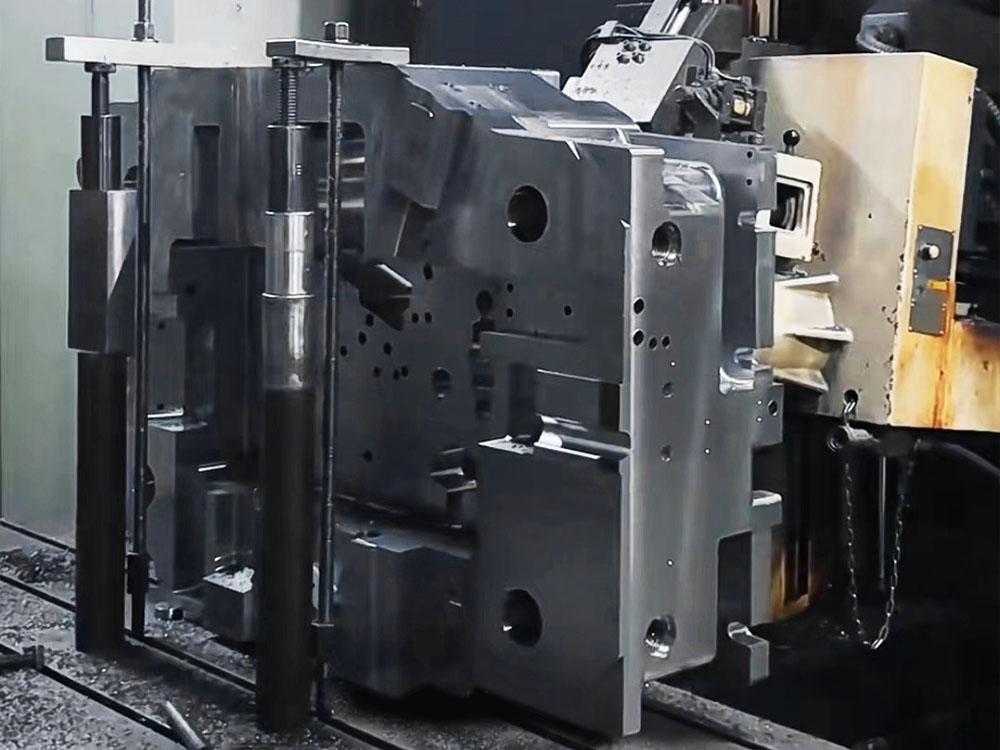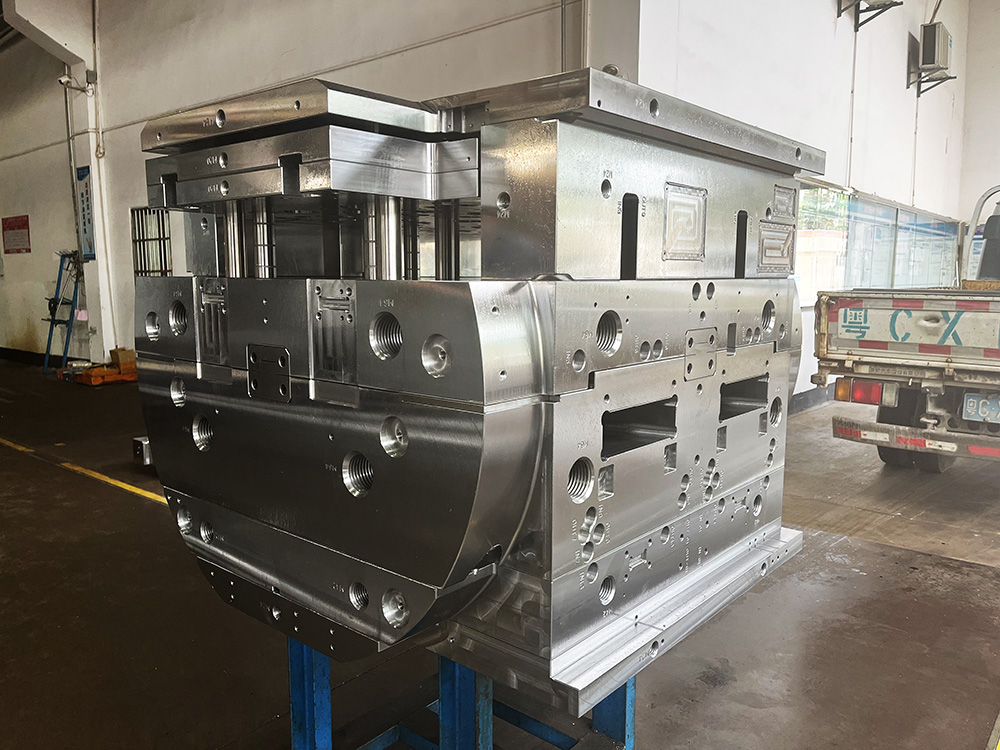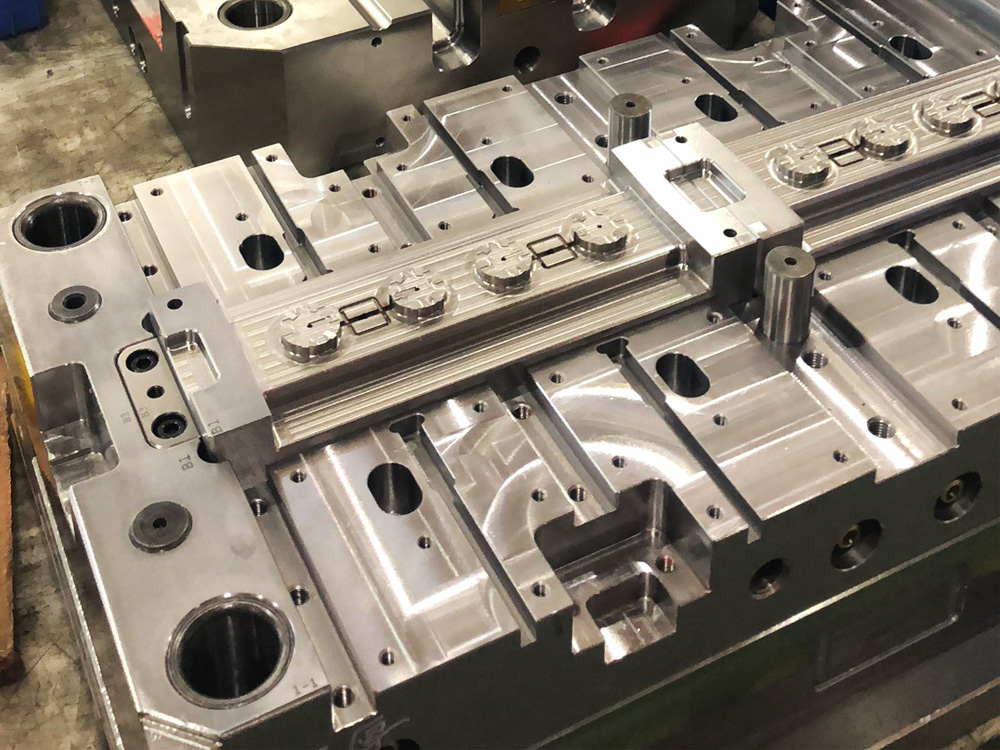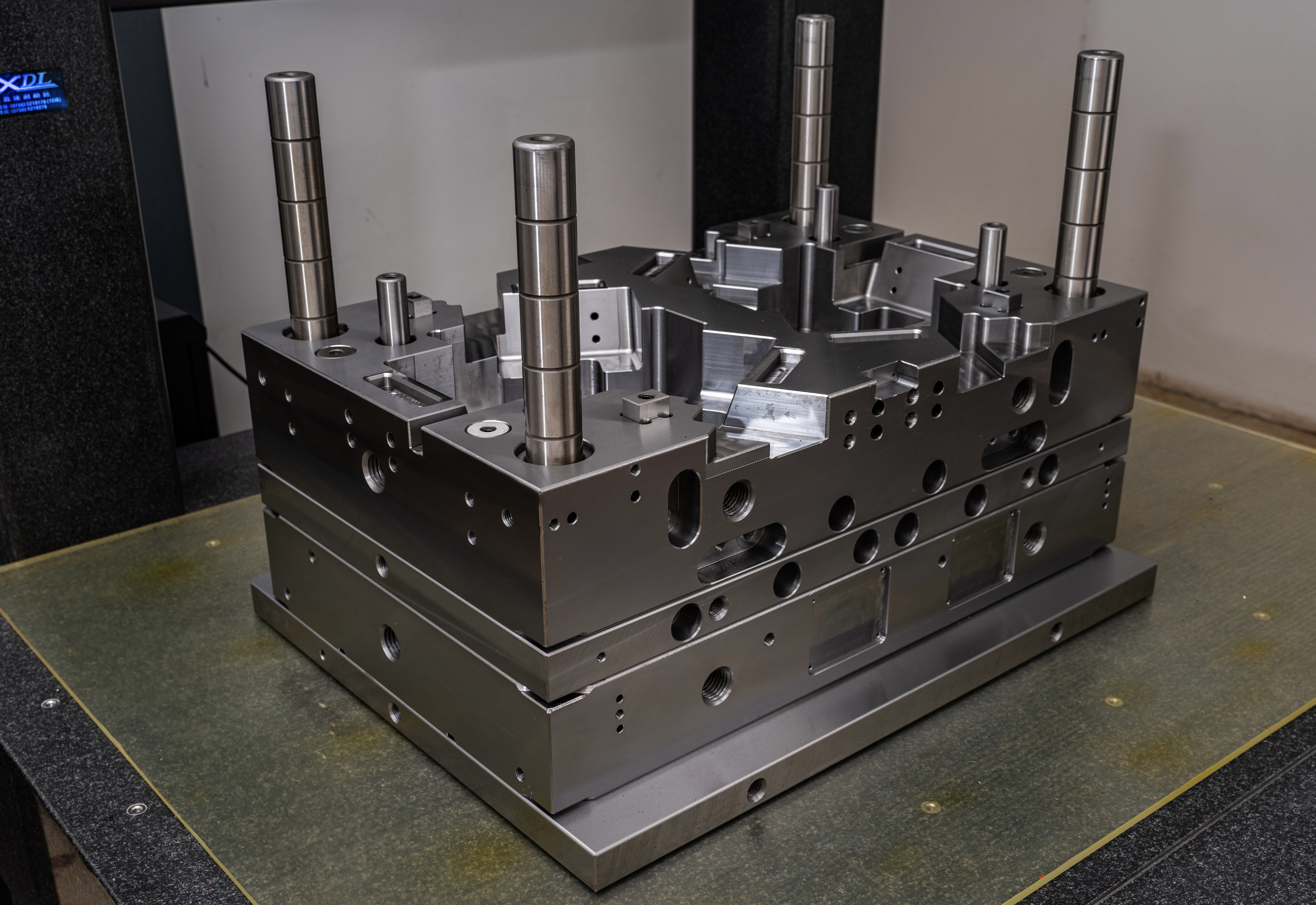How to Draw a Plastic Mold Support Column Auxiliary Tool
In the mold base industry, designing and drawing plastic mold support column auxiliary tools is an essential skill. These tools play a crucial role in providing stability and support to the mold base during the manufacturing process. In this article, we will guide you step by step on how to draw a plastic mold support column auxiliary tool.
Step 1: Understand the Requirements
Before starting the drawing process, it is important to understand the specific requirements of the mold base. This includes the dimensions, weight, and material specifications. By understanding these requirements, you can ensure that your support column auxiliary tool is well-suited for the mold base.
Step 2: Sketch the Design
The next step is to sketch the design of the support column auxiliary tool. Start by drawing a rectangular base that matches the dimensions of the mold base. Then, sketch the support columns that will provide stability to the mold base. The number and arrangement of the support columns will depend on the size and weight of the mold base.
Step 3: Create a 3D Model
Once the design sketch is complete, it is time to create a 3D model of the support column auxiliary tool. This can be done using CAD (Computer-Aided Design) software. Begin by drawing the base of the tool, taking into consideration any additional features such as holes for fastening screws or adjustable height mechanisms.
Next, add the support columns to the 3D model. Pay attention to the dimensions and ensure that they are accurately represented in the model. The columns should be designed to provide adequate support and stability to the mold base.
Step 4: Analyze and Validate the Design
Once the 3D model of the support column auxiliary tool is complete, it is crucial to analyze and validate the design. This can be done using simulation software, which can help identify potential issues or weaknesses in the design. Make any necessary adjustments to ensure the tool meets the required specifications.
Step 5: Generate Detailed Drawings
After validating the design, it is time to create detailed drawings of the support column auxiliary tool. These drawings should include all the necessary dimensions, tolerances, and annotations. Pay attention to any specific requirements provided by the mold base manufacturer.
Step 6: Review and Finalize
Before finalizing the drawing, it is important to review it thoroughly. Check for any errors or omissions in the dimensions or annotations. Collaborate with colleagues or experts in the field to ensure that the drawing is accurate and meets all the necessary requirements.
Step 7: Communicate with Manufacturing Team
Once the drawing is finalized, communicate with the manufacturing team responsible for producing the support column auxiliary tool. Provide them with the detailed drawings and any additional instructions or requirements. Regularly communicate with the team throughout the manufacturing process to address any questions or concerns.
Conclusion
In the mold base industry, drawing a plastic mold support column auxiliary tool requires careful planning and attention to detail. By understanding the requirements, sketching the design, creating a 3D model, analyzing and validating the design, generating detailed drawings, and reviewing and finalizing, you can ensure that the support column auxiliary tool is well-suited for the mold base. Effective communication with the manufacturing team is also crucial for successful implementation. Mastering this skill is essential for professionals in the mold base industry.




